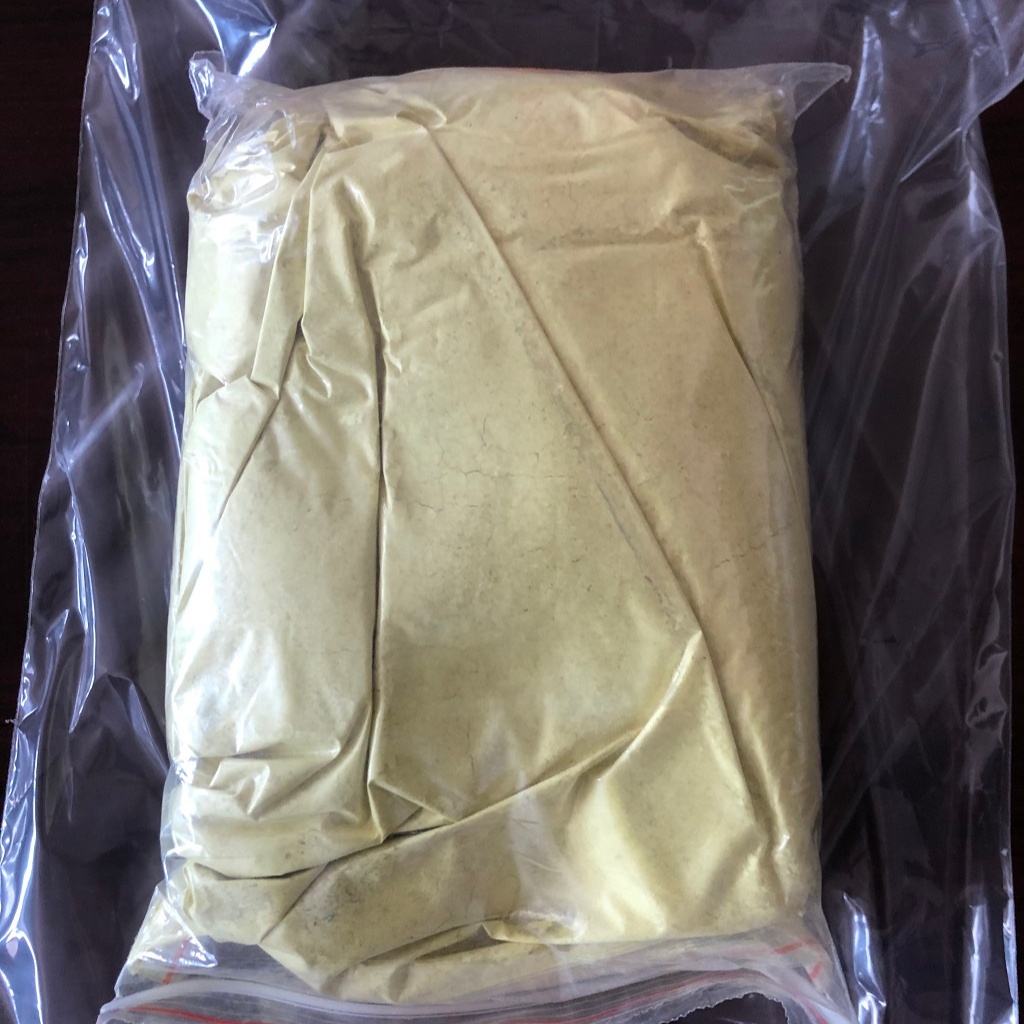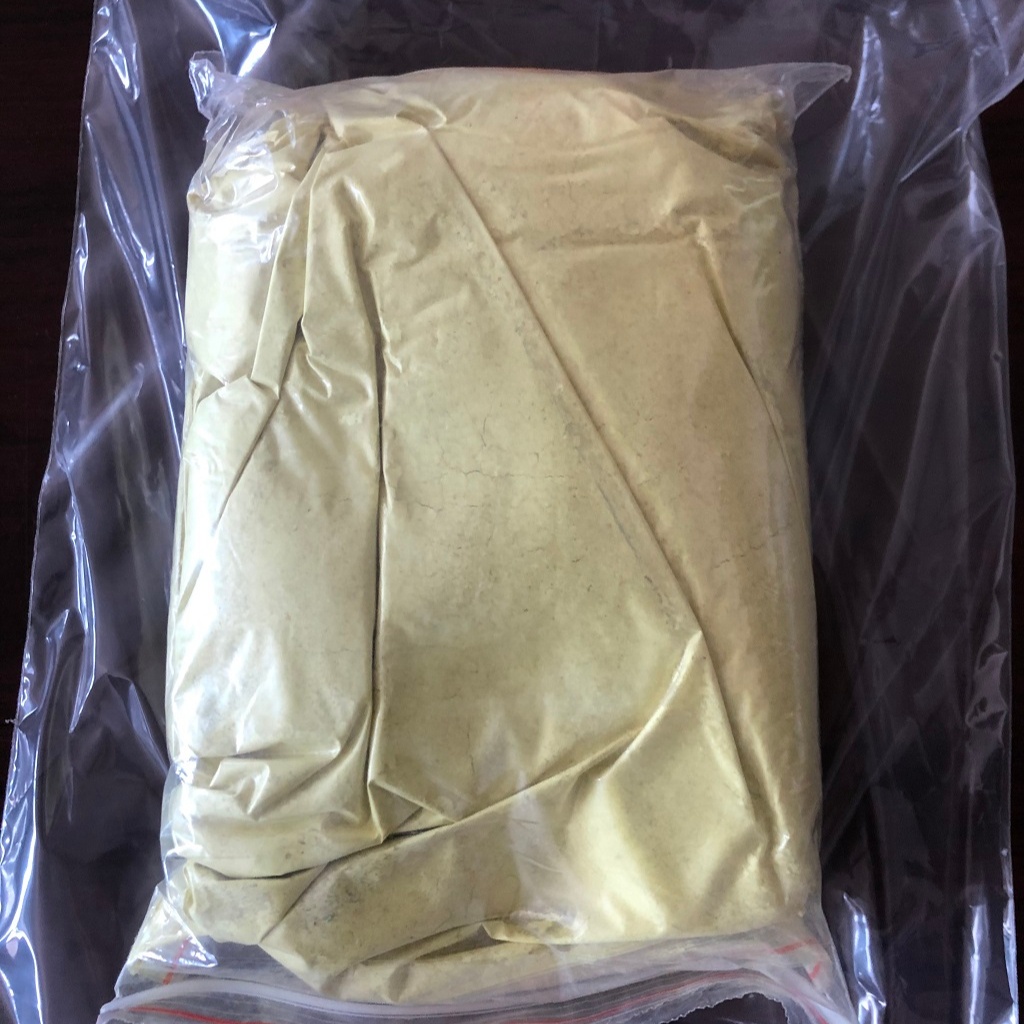Product Description
3-tert-Butyl-2,5-dihydroxybenzaldehyde CAS 192803-37-5
-
192803-37-5
-
-
Entrepreneur
-
Light yellow to green powder
-
98% Min

Product Name: 3-tert-Butyl-2,5-dihydroxybenzaldehyde
Cas No.: 192803-37-5
Molecular Formula: C11H14O3
Molecular Weight: 194.23
Appearance: Light yellow to green powder
Density: 1.179±0.06 g/cm3
Purity: 98% Min
Boiling point: 295.9 °C at 760 mmHg
Melting point: 140-142 °C(lit.)
Flash point: 147°C
Refractive index: 1.584
Other Names:3-t-butyl-5-hydroxysalicylaldehyde / 2,5-Dihydroxy-3-tert-butylbenzaldehyde / 5-Hydroxy-3-tert-butyl-salicylaldehyde
Descriptions:
3-(1,1-Dimethylethyl)-2,5-dihydroxybenzaldehyde is a chemical compound with the molecular formula C11H14O3 and the CAS number 192803-37-5. It is also known by the common name "2,5-Dihydroxy-3-tert-butylbenzaldehyde."
This compound belongs to the class of aromatic aldehydes and is characterized by its hydroxybenzaldehyde structure. It contains two hydroxyl groups (-OH) and an aldehyde functional group (CHO) attached to a tert-butyl group (1,1-dimethylethyl) at position 3 of the benzene ring.
As for its features, 3-(1,1-Dimethylethyl)-2,5-dihydroxybenzaldehyde exhibits antioxidant properties due to the presence of hydroxyl groups, which can scavenge free radicals and protect against oxidative stress. It can also have applications in various industries, including pharmaceuticals, cosmetics, and chemical synthesis, where its unique chemical structure and reactivity may be utilized for specific purposes.
Features:
1. Molecular Structure: It is a benzaldehyde derivative with two hydroxyl groups (-OH) and an aldehyde functional group (CHO) attached to a tert-butyl group (1,1-dimethylethyl) at position 3 of the benzene ring.
2. Chemical Properties: The presence of hydroxyl and aldehyde groups makes it reactive and potentially useful in various chemical reactions and synthesis processes.
3. Antioxidant Properties: The compound may exhibit antioxidant activity due to the presence of hydroxyl groups, which can scavenge free radicals and protect against oxidative damage.
4. Aromatic Character: Being a benzaldehyde derivative, it possesses an aromatic ring, which can impart specific aromatic and flavor characteristics.
5. Functional Group: The aldehyde functional group (CHO) allows it to participate in various organic reactions, making it valuable in synthetic chemistry.
6. Tert-Butyl Group: The tert-butyl group contributes to the compound's steric hindrance and may influence its reactivity and solubility properties.
7. Potential Applications: Due to its unique chemical structure and properties, 3-(1,1-Dimethylethyl)-2,5-dihydroxybenzaldehyde can have applications in the fields of pharmaceuticals, cosmetics, and chemical synthesis.
Applications:
1. Pharmaceuticals:
The compound can serve as an intermediate in the synthesis of pharmaceutical drugs and active pharmaceutical ingredients (APIs). It may be utilized as a building block in the preparation of specific medications.
2. Cosmetics and Personal Care Products:
The compound's antioxidant properties make it suitable for use in cosmetics and personal care products. It can be incorporated into skincare formulations, hair care products, and anti-aging treatments.
3. Flavors and Fragrances:
Due to its aromatic character, 3-(1,1-Dimethylethyl)-2,5-dihydroxybenzaldehyde can contribute to the development of flavors and fragrances. It may impart specific scents or taste profiles to food products, beverages, and perfumes.
4. Chemical Intermediates:
The compound can act as an intermediate in the synthesis of various other chemicals. It can be further modified or functionalized to produce compounds used in diverse applications.
5. Organic Synthesis:
Chemists may utilize 3-(1,1-Dimethylethyl)-2,5-dihydroxybenzaldehyde as a reagent in organic synthesis reactions to introduce specific functional groups or create complex molecules.
6. Research and Development:
The compound's unique chemical structure makes it valuable in academic research and industrial R&D projects. It can be studied to explore new reactions or to develop novel compounds with desired properties.
7. Antioxidant:
3-tert-Butyl-2,5-dihydroxybenzaldehyde has been shown to have antioxidant activity. Antioxidants are compounds that can protect cells from damage caused by free radicals. Free radicals are unstable molecules that can damage DNA, proteins, and lipids. Antioxidants can help to prevent or repair this damage, and they have been shown to have a number of health benefits, including reducing the risk of cancer, heart disease, and neurodegenerative diseases.
8. Chiral ligand:
3-tert-Butyl-2,5-dihydroxybenzaldehyde can be used to synthesize chiral Schiff base ligands, which are used in the synthesis of enantioselective catalysts. These catalysts are important for the production of a wide variety of chiral compounds, including pharmaceuticals, agrochemicals, and flavors and fragrances.
9. Anti-inflammatory:
3-tert-Butyl-2,5-dihydroxybenzaldehyde has also been shown to have anti-inflammatory activity. Inflammation is a natural immune response to injury or infection, but it can also be chronic and contribute to a number of diseases, including arthritis, asthma, and inflammatory bowel disease. Anti-inflammatory drugs can help to reduce inflammation, and 3-tert-Butyl-2,5-dihydroxybenzaldehyde may be a potential new anti-inflammatory agent.
Storage: Store in cool place. Keep container tightly closed in a dry and well-ventilated place. Store under inert gas. Hygroscopic.
Package: 25kg/drum or as customer's request
